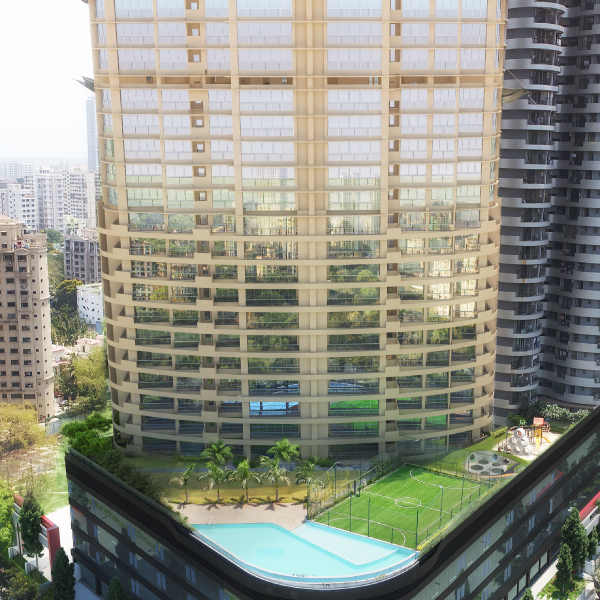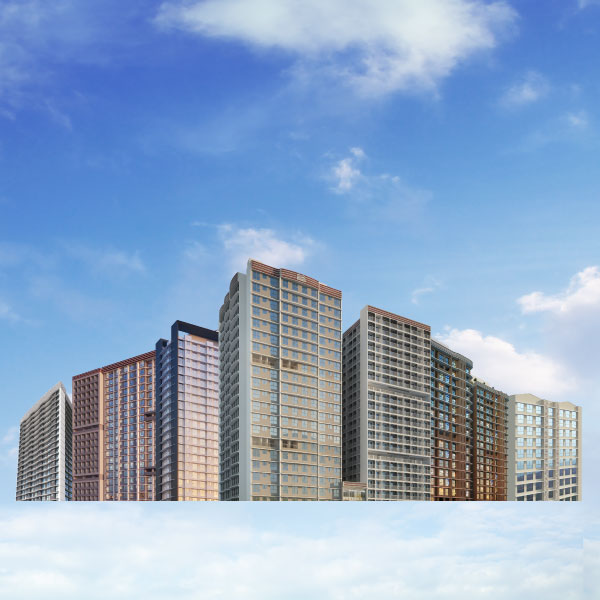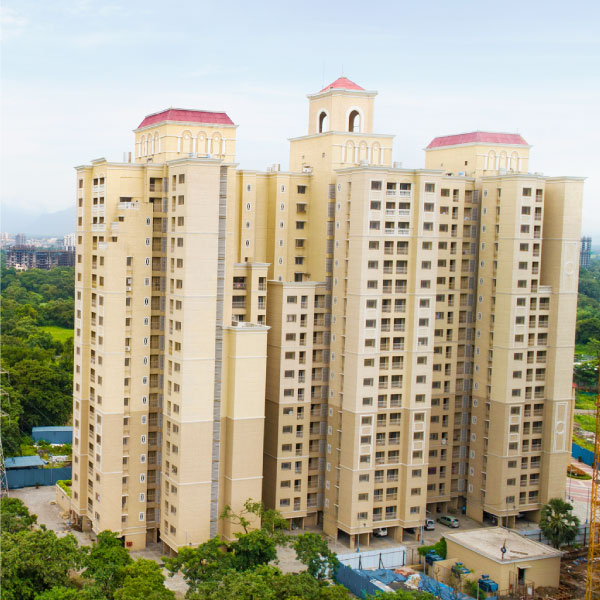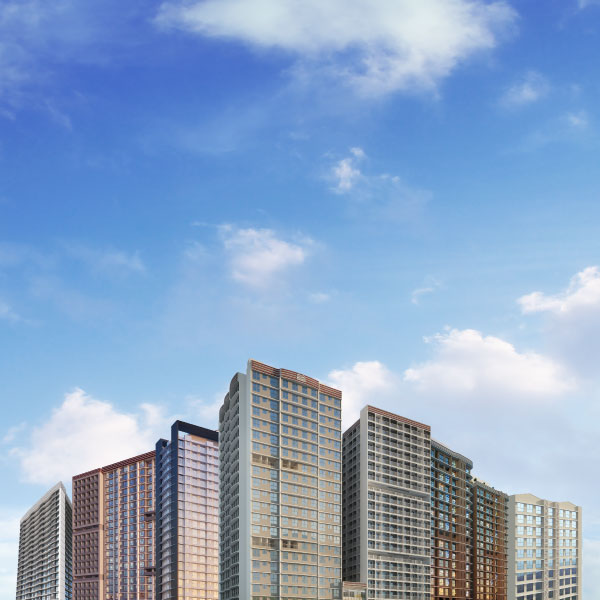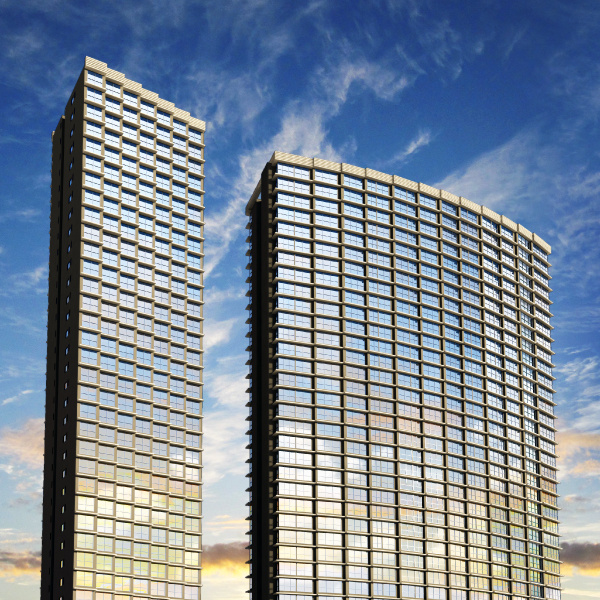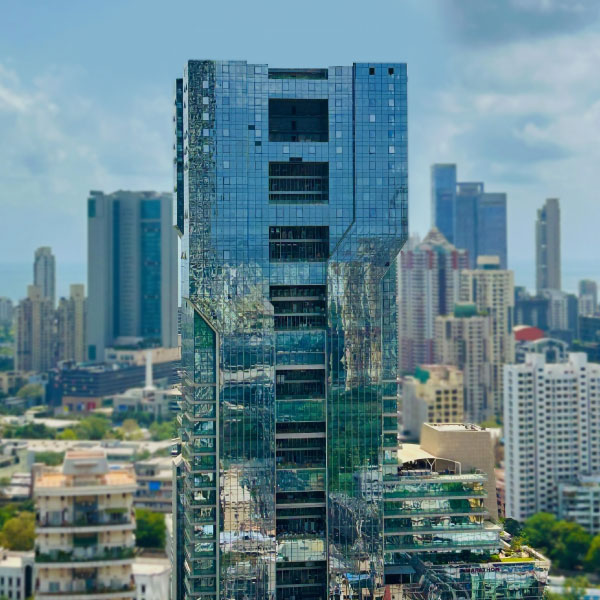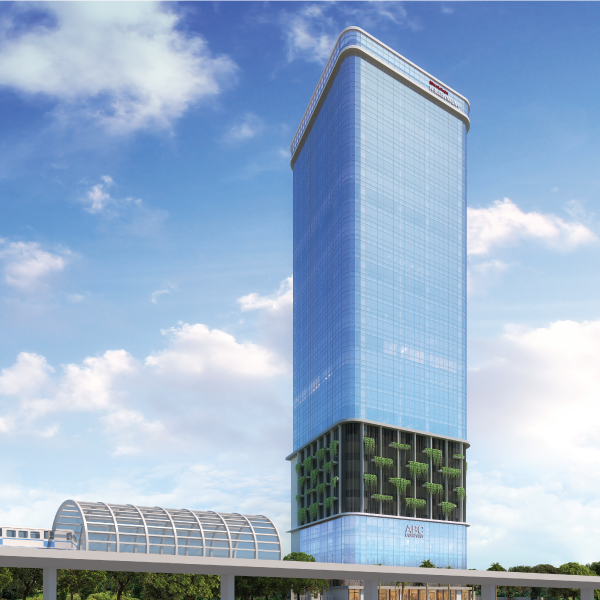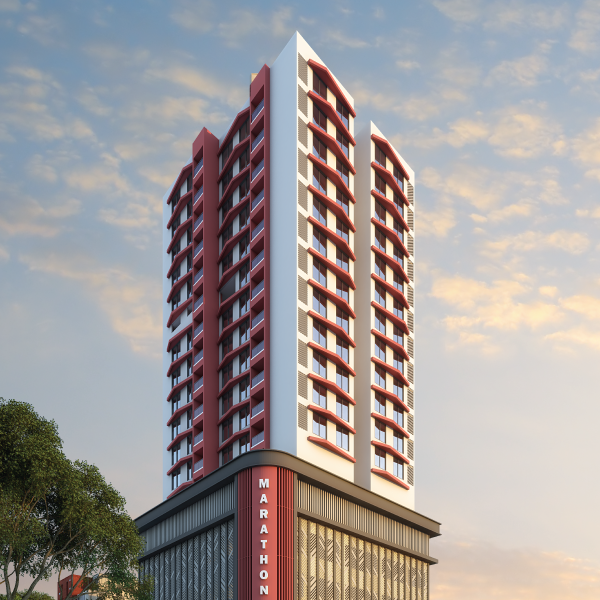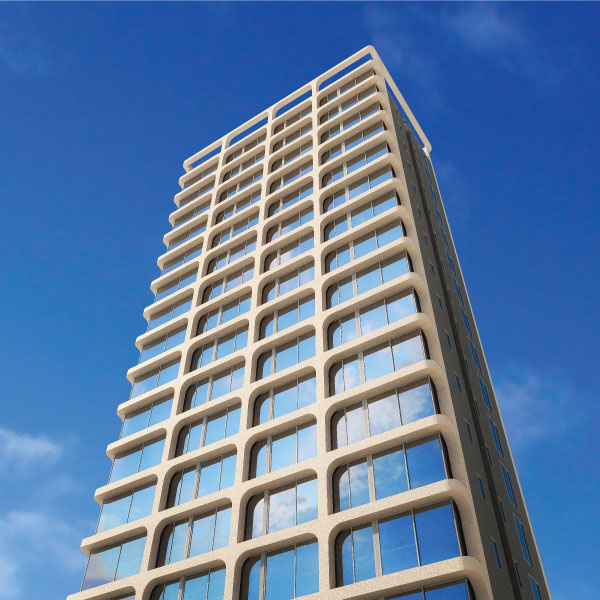What does it take to build homes hundreds of metres above the ground?
Last Updated on, October 31st, 2022
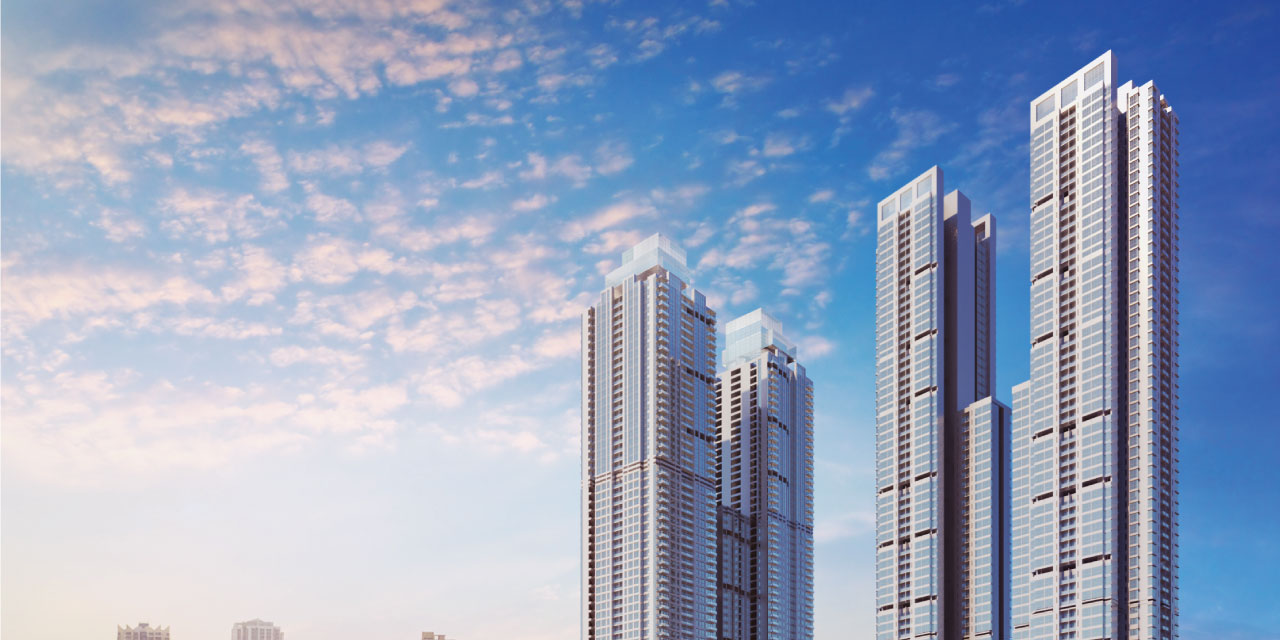
As featured in Hindustan Times
In a city starved of space, the sky is the limit. But what does it take to build ever-higher, to have homes hundreds of metres above the ground, sky villas amid the clouds? Mumbai poses a very specific set of challenges, say developers, but as the world’s cities grow taller, they’re nothing that can’t be overcome.
First, an in-depth investigation of soil with respect to load-bearing capability and a wind analysis test are needed. “This gives clarity on the kind of foundation required. Since plots in Mumbai are small and close to each other, you use rock anchors to keep shore piles steady,” says Mukesh Jaitley, director of projects with the Wadhwa Group, which is currently building a 215-metre skyscraper called 25 South in Prabhadevi.
Mumbai lies in a seismic zone 3 and this is taken into consideration too. “The wind analysis test helps structural designers design the reinforcements required for the structural stability in terms of the slight swaying involved in all high-rises and skyscrapers,” Jaitley says. “The way the building will behave as a result of its height, weight and slenderness of the structure need to be taken into account and counterweights built in accordingly.”
Ideally, you should have your foundation in solid bedrock. “Very hard rock like basalt is ideal,” says Madhusudana Rao, vice-president for contracts at Adani Realty. Their 60-storey twin towers project Monte South at Byculla, built in a joint venture with Marathon Realty, is located in a high-habitation area where blasting of rock is not allowed. “So we’ve excavated the rock mechanically, up to more than 12 metres in depth, with high-capacity excavators. And built diaphragm wall with piles to protect the sides from collapse.”
Key design challenges in a skyscraper include plumbing and mechanical aspects like lifts, says Alfaz Miller, principal architect at AMB Architects.
Cost is another challenge. It gets more expensive the higher you build, developers say. Concrete and steel requirements increase by 30% to 50%. The strength of these materials has to be intensified too, often by incorporating higher-grade concrete, high-pressure pipes, thicker glass, high-capacity pumps and high-speed lifts.
“Skyscrapers are commercially viable where the land cost is very high,” says Rao. “People are willing to pay more to be close to the heart of the city. The aesthetics of a skyscraper are a big draw too.” Developers in Mumbai are turning out skyscrapers that score very well on safety and quality of life, says Anuj Puri, chairman of Anarock Property Consultants.



